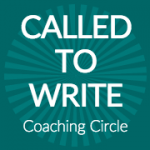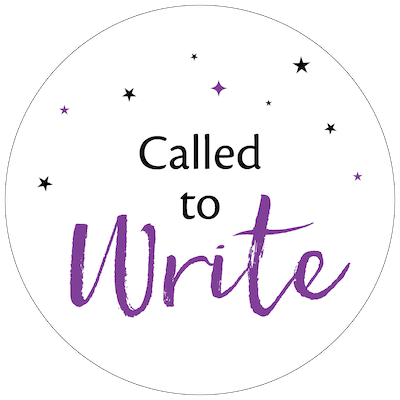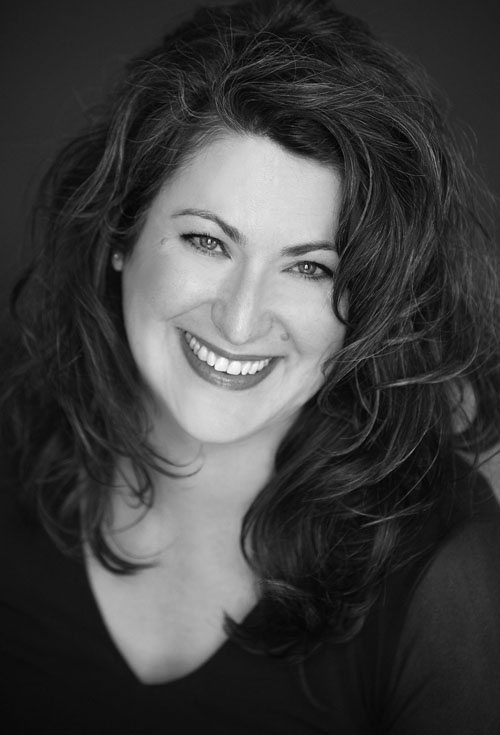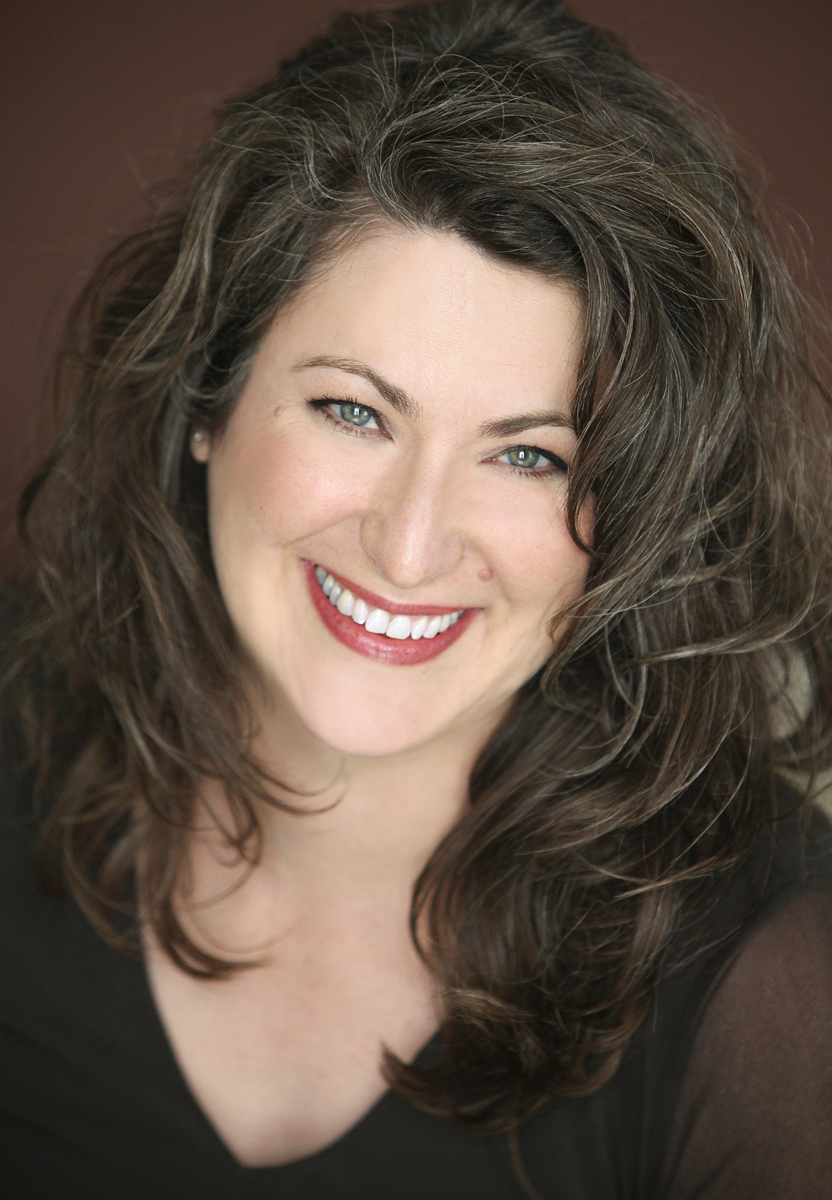Last week I shared an interview with my colleague Jeff Lyons, master storyteller, Enneagram expert, screenwriter, novelist, and author, about his new book, Anatomy of a Premise Line: How to Master Premise and Story Development for Writing Success.*
This week, I’m sharing a powerful two-part article from Jeff about HOW to craft a premise line that will guide all your story development.
Note: Creative nonfiction writers can also benefit from learning these tools, because biographies, “true stories” and other creative nonfiction adhere to the same storytelling principles as fiction.
Read the article below, or download our Master Your Premise Line Guidebook here:
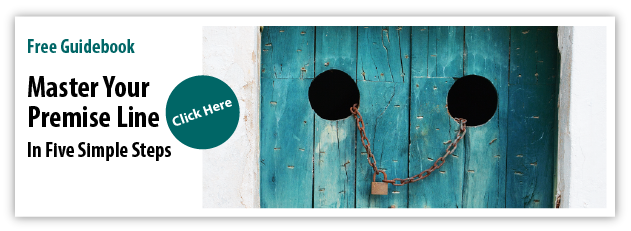
![]()
Five Essential Steps to Crafting Your Premise Line, Part I
by Jeff Lyons
Before a novelist, screenwriter, or creative nonfiction author writes down a word, or thinks of scenes or characters, an idea sparks the imagination and a story is born. Or is it? When inspiration strikes, many writers think they have a story, when in fact they have something else. Untethered by the foundation of a real story, they risk becoming lost in the story woods, writing down creative blind alleys and painting themselves into literary corners.
How can you know if an idea that excites you one day, will have legs over the long course of developing a book, screenplay, or series of books? The only way to know for sure is to master the skill of story premise development. A story’s premise is more than a quick synopsis, or a simple statement defining the theme or hook of a story. It is your canary in the storytelling coal mine and your lifeline as a writer.
A story premise, along with its tool the premise line, is a container that holds the essence of your story’s right, true and natural structure. When properly conceived, it expresses your whole story in one (preferable) or two neat sentences. Finding this premise line is no small task; in fact the process of premise development can be the literary equivalent of water boarding. But when you get it right, the payoff in saved time, money and creative blood, sweat, and tears is worth the agony.
Fortunately, there is a process that can lessen the pain.
There are five essential steps you can learn now to facilitate mastery of the premise process. (For the full seven-step process refer to Jeff’s book Anatomy of a Premise Line.*)
These steps can give you a repeatable and proven methodology for developing any story. This is a critical skill for any writer, because the premise line is a key ally in writing effective agent or publisher query letters, or pitching film production companies. But, the premise line is more than a pitch tool. When you find a premise line that “works,” then you can know with confidence that you have a story that will stand the test of development.
These five steps will guide your writing process, acting as a roadmap to keep your narrative on track and focused, literally cutting development time in half.
After all, if your story is going to go off the rails, isn’t it better to discover that before you get to page four hundred in your novel, or page 150 in your screenplay?
Step 1: Identify the Core Structure of Your Story
A story is defined as: a metaphor for a human journey that leads to change, as played out by the dynamic interdependence of character and plot. A story is further defined by possessing a natural structure, a structure that is not invented by anyone, including the writer. At this basic level, story structure is a natural force like electricity or the wind. The job of the writer is not to impose structure on a story, but to discover what is already there.
This first step helps you identify the seven structure components present in any story—regardless of genre.
- Character: Stories are about us: human beings, even if it is an anthropomorphized version of a human being. And this person (protagonist) is central to the telling of the tale, not tangential, even in ensemble stories. Who is your protagonist?
- Constriction: The person at the focus of the story is constricted in some way. Some “personal problem” haunts them, drives them and motivates them. Try to get a sense of what your protagonist’s problem is and sense how it triggers them into action. The constriction is usually activated by some initiating event that forces the protagonist to move from where they are at the start of the story, toward a new path of action (the adventure).
- Desire: The protagonist wants something tangible. They don’t want to be happy, they don’t want world peace and they don’t want to be one with the Universe. They want the money, the girl, or to find the radioactive dirty bomb. They want to get something by the end of the story; what is it?
- Focal Relationship: Stories are conversations, not monologues. No protagonist exists in a dramatic vacuum. Who is the protagonist talking with throughout the middle of the story? What relationship is the focus of the protagonist’s attention? This relationship will be the engine that drives most of the drama in your story, even in multiple point of view stories.
- Resistance: More than a personal constriction, there is also the sense of serious, external pushback. Something opposes the goal-seeking of the protagonist, and this force creates dramatic friction. Ideally, this is a person and not some abstract force like Nature or the internal angst of the hero-heroine. This is the central opposition and is bent on stopping the protagonist from getting their desire fulfilled. Who is this opposing force?
- Adventure: Entropy is defined as the tendency of all things to move toward disorder and chaos. This is what has to happen in the middle of every good story. Along with resistance/opposition, focal relationship, desire, and constriction try to sense the messiness that will become the middle of your story, i.e., the twists, turns, reversals, and general mayhem that will occur. This is the adventure.
- Change: You may not see the exact endpoint of your story, but you can sense that your protagonist will not end up where he or she began. While the details of the middle may be a blur, there is a sense of a beginning, middle, and an end. If there is such a sense, then there must be something present that allows for these three points. That “something” is character change. Is this change for the better or worse? Does your protagonist evolve or de-evolve?
These are the seven components of the any story’s core structure. If they are present, then you have a story. If they are missing, or vague, or so muddled it feels like pulling teeth to find them, then you don’t have a story. You have something else, and that “else” is a situation.
Step 2: Assess Whether You Have a Story or a Situation
What’s the difference between a situation and a story? The main difference is that the 7-core structure elements are missing.
But there is a quick way to identify a situation without worrying about a structure analysis. Any situation has these five conditions:
- A situation is a problem or predicament with an obvious and direct solution.
- A situation does not reveal character; it mainly tests problem-solving skills.
- A situation has no (or few) subplots, twists, or complications.
- A situation begins and ends in the same emotional space as it started.
- A situation has a weak, underdeveloped, or nonexistent moral component.
A good example of a situation is the classic twenty-something kids caught in the cabin in the woods with the monster outside that’s going to eat them. The focus of these stories is all about who’s going to die, how bloody is it going to get, and who will get out alive. Protagonists don’t change; there is no deeper message in the material, other than figuring out how to not get eaten; and characters are tested for their ability to avoid danger, rather than having their characters tested. Situations are parts of stories; they are not stories themselves. These five conditions are not present in a story, so if you see them, then you know what you’ve got.
If you find that you have a situation and not a story, then you can reevaluate your idea to see if you can develop it into a story using Step 1, above, or decide to simply take the “situation” route, which would not require the development of a premise line.
![]()
Read on for Part 2 of this article series, where Jeff will guide us through Steps 3 through 5:
- Step 3: Map the Core Structure to the Premise Line Template
- Step 4: Finalize the Premise Line
- Step 5: Test the Premise Line with Objective Readers
Thanks, Jeff!
 About Jeff: Jeff Lyons is a published author with more than 25 year’s experience in the film, television, and publishing industries as a writer, story development consultant, and editor. He is an instructor through Stanford University’s Online Writer’s Studio, and lectures through the UCLA Extension Writers Program, and is a regular presenter at leading writing and entertainment industry trade conferences.
About Jeff: Jeff Lyons is a published author with more than 25 year’s experience in the film, television, and publishing industries as a writer, story development consultant, and editor. He is an instructor through Stanford University’s Online Writer’s Studio, and lectures through the UCLA Extension Writers Program, and is a regular presenter at leading writing and entertainment industry trade conferences.
Jeff has written on the craft of storytelling for Writer’s Digest Magazine, Script Magazine, and The Writer Magazine. His book, Anatomy of a Premise Line: How to Master Premise and Story Development for Writing Success* is published through Focal Press and is the only book devoted solely to the topic of story and premise development for novelists, screenwriters, and creative nonfiction authors. His second book, Rapid Story Development: How to Use the Enneagram-Story Connection to Become a Master Storyteller, is due in 2016. Visit him at www.JeffLyonsBooks.com and follow him on Twitter @storygeeks.
* Amazon affiliate link
Want the Workbook Version? Download our Master Your Premise Line Guidebook here:




